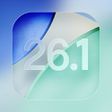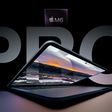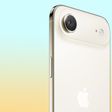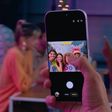Fiat Chrysler today announced the debut of its fourth-generation UConnect infotainment system, which includes support for both CarPlay and Android Auto, reports Fiat Chrysler Authority.
The revamped infotainment system features an updated 8.4-inch touchscreen with faster startup times, improved processing power, and a sharper display. It will be introduced initially in 2017 Chrysler 300, Dodge Charger, and Dodge Challenger models, bringing CarPlay to those vehicles for the first time.
Fiat Chrysler previously previewed its fourth-generation UConnect infotainment system at CES in January and confirmed it would be released in select Chrysler, Dodge, and Jeep models in 2016.
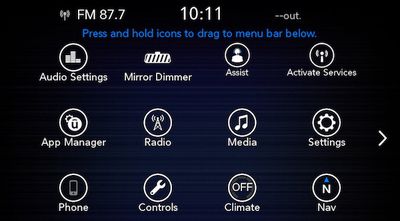
For older Chrysler, Dodge, Jeep, and Ram vehicles, Fiat Chrysler introduced a free software update in April that brought Siri Eyes Free support to many properly equipped 2013 to 2015 models. Siri Eyes Free is a precursor to CarPlay, designed to minimize driver distraction by using Siri to allow drivers to interact with an iPhone.
CarPlay was first announced in 2013, but it took several years for vehicle manufacturers to adopt the new system. Since late 2015, CarPlay adoption has picked up and the feature is now available in more than 100 vehicles from dozens of manufacturers.
Apple maintains an official master list of all CarPlay vehicles available in the United States and other countries. It is updated on a regular basis, but may not include new CarPlay vehicles as soon as they are announced.


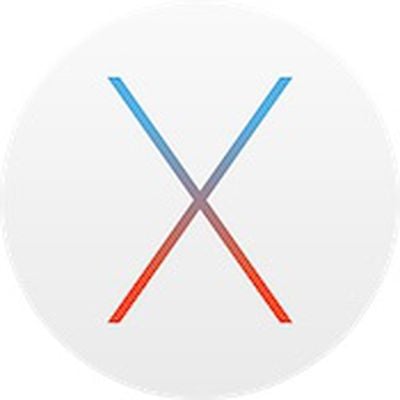 Apple today released
Apple today released 
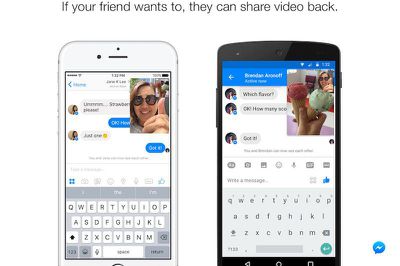
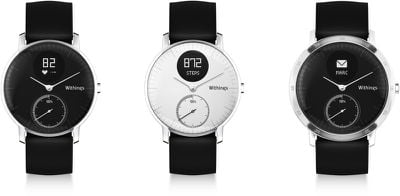
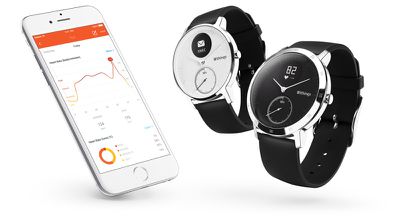
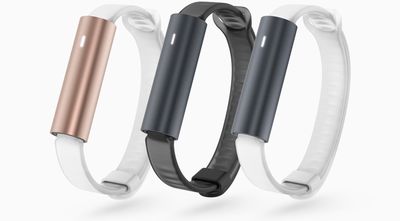


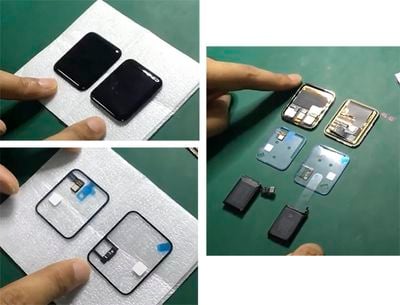
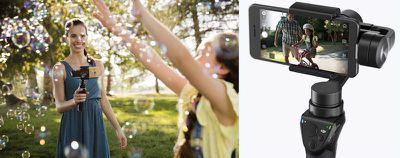
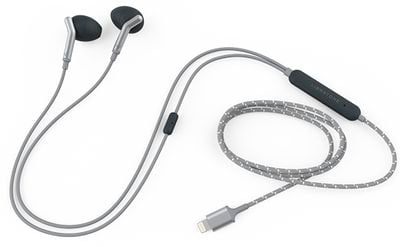
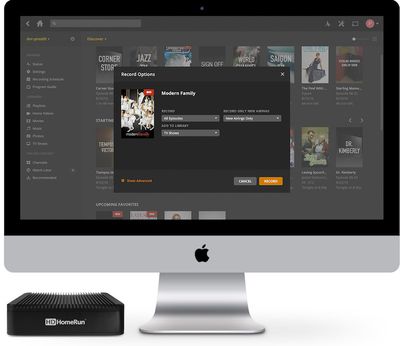

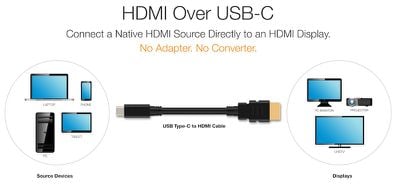
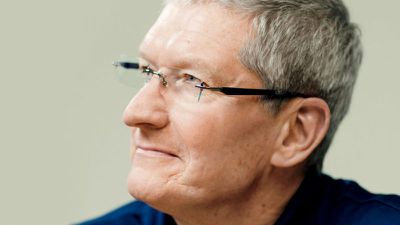


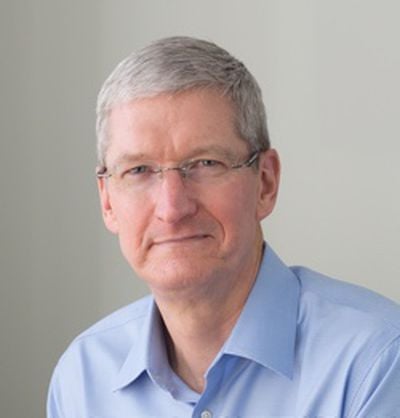 Apple CEO Tim Cook this week sold another $28.7 million worth of Apple stock, according to documents filed with the SEC.
Apple CEO Tim Cook this week sold another $28.7 million worth of Apple stock, according to documents filed with the SEC.

